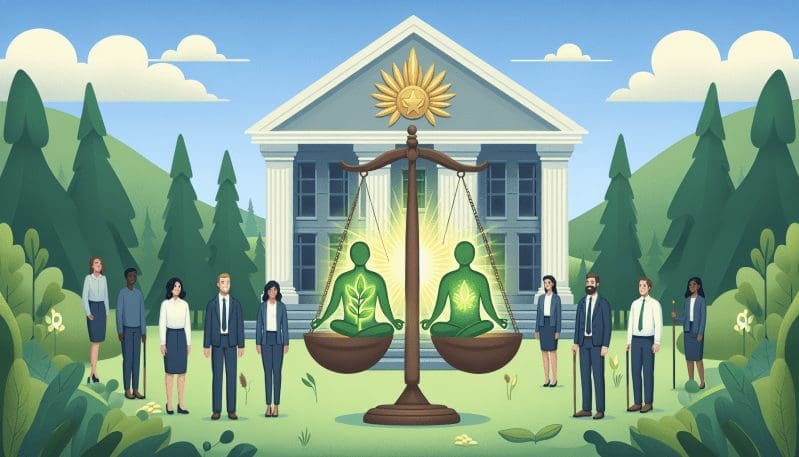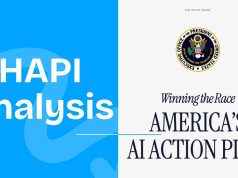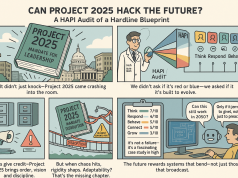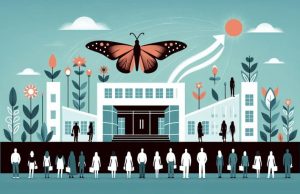In the halls of government agencies, a transformation is underway. It’s not just the policies that are shifting; the very fabric of the government workplace is evolving, striving to hit the sweet spot between peak efficiency and the mental health of its workforce. As the nature of public service jobs reframes itself in the digital age, employees are bearing witness to a new era—one where the balance of work and well-being is more critical than ever before.
The government sector has long been perceived as a bastion of stability and steady routine. Yet, today’s government workers find themselves in the midst of ever-changing workloads and administrative shifts. The rise of remote work, prompted by the global pandemic, has rewritten the rulebook, proving that even the most traditional sectors can pivot when necessity dictates. This shift, however, brings both liberation and a new set of challenges.
Remote work, for all its benefits, blurs the lines between professional and personal life, often leading to extended work hours and the potential for burnout. Government employees, tasked with serving the public, face unique pressures. They must remain accountable to the citizens they serve, which adds an extra layer of responsibility to their roles.
Amid this transition, technology emerges as a double-edged sword. While automation and digital tools can streamline processes and reduce menial tasks, they can also heighten expectations for productivity. Workers sometimes find themselves racing against the very tools meant to aid them, with software and metrics monitoring their every move.
To understand the real-world implications of these changes, we’ve engaged with government employees across different departments. Their insights paint a vivid picture of the day-to-day experiences on the frontline of public service. From the administrative assistant juggling tasks with precision, to the field operative navigating complex community projects, each perspective helps us understand the holistic impact of workplace changes.
Agency initiatives aimed at improving workplace well-being are examined with a discerning eye. Flexible work hours, employee support programs, and robust communication channels are among the strategies being implemented to foster a more supportive environment. However, the effectiveness of these initiatives often hinges on their execution and the overall workplace culture.
As we synthesize our findings, it becomes clear that crafting thoughtful solutions is paramount. Policymakers and administrative leaders are called upon to construct a framework that supports the health and well-being of government employees while maintaining the integrity and efficiency of public service. This may involve reevaluating performance metrics, investing in mental health resources, and embracing a culture that values employee input and work-life balance.
In conclusion, the public sector’s journey towards a more adaptable and humane workplace is not just a matter of internal policy—it’s a reflection of society’s evolving values. As we champion a government workforce that is both resilient and cared for, we lay the groundwork for a future where public service and employee well-being can thrive in tandem. This blog post is a call to action, inspiring a dialogue that could shape the very future of how our government functions, for both those who serve and those who are served.




























